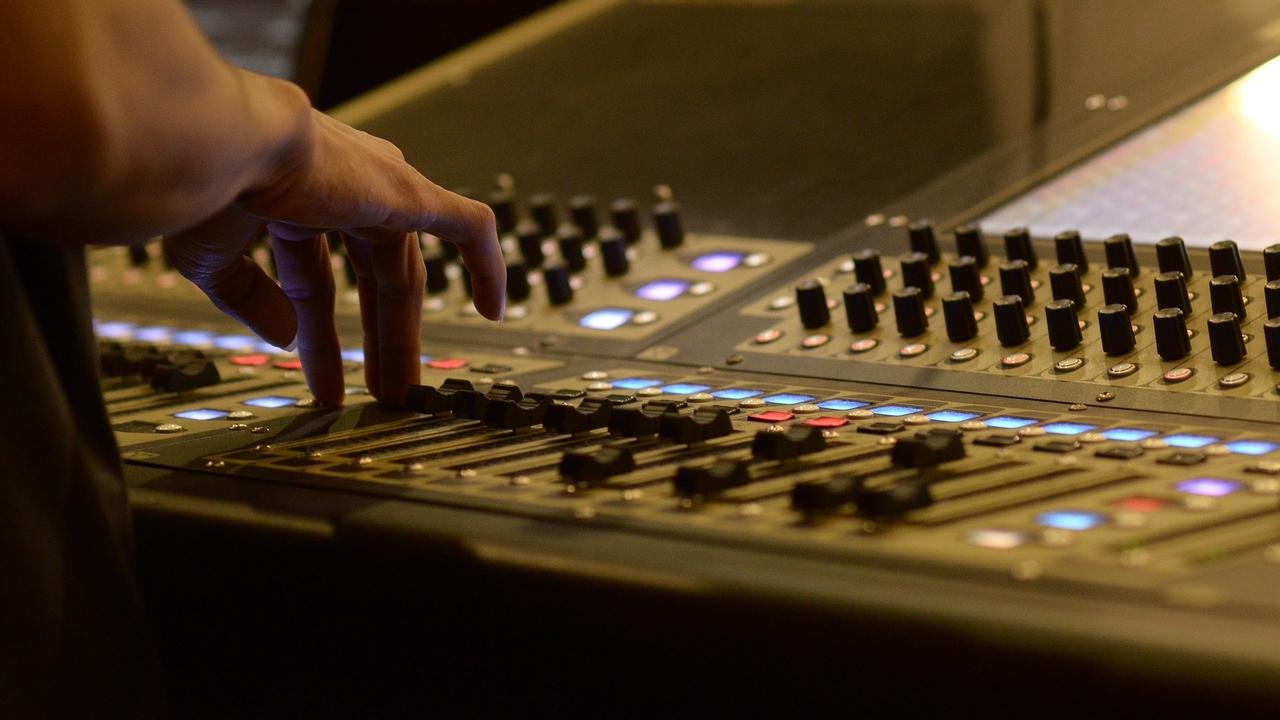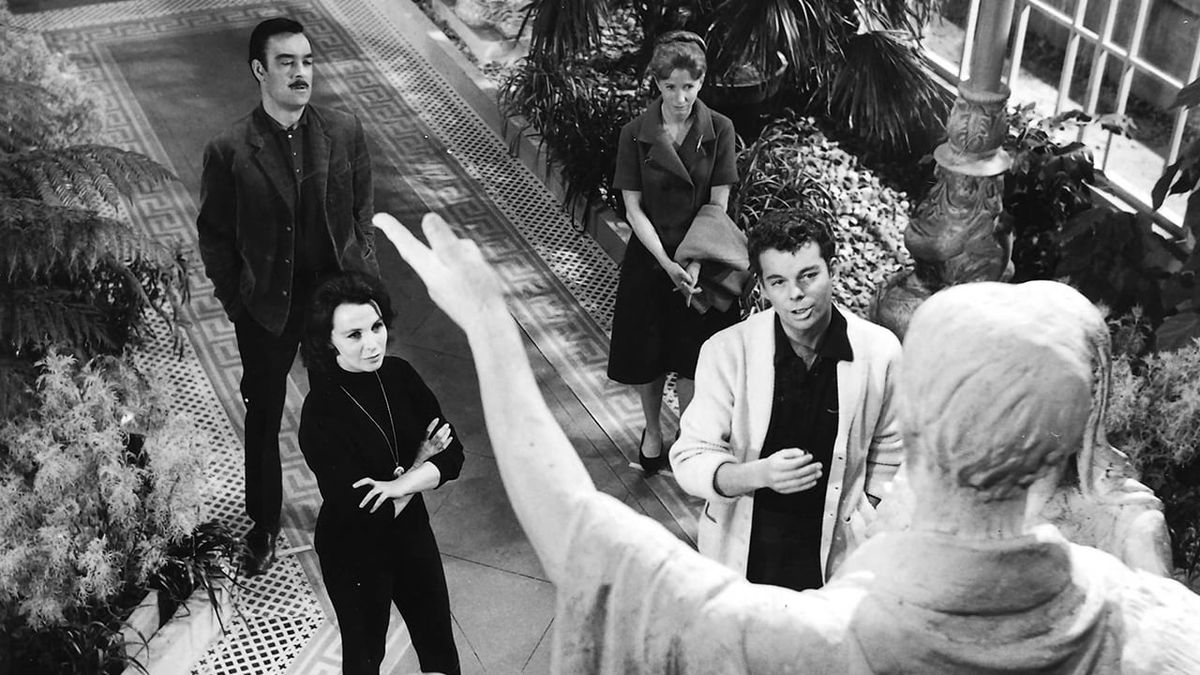Attending numerous live concerts over the years, I’ve come to appreciate the pivotal role that sound mixing plays in delivering an unforgettable auditory experience. The balance between instruments, vocals, and ambient sounds is no accident; it’s the result of meticulous planning and real-time adjustments by skilled sound engineers. Their expertise ensures that every note reaches the audience with clarity and impact, transforming a simple performance into a sonic masterpiece.
Industry professionals emphasize that effective live sound mixing requires both technical knowledge and an acute ear for music. Engineers must be adept with advanced equipment, from mixing consoles to digital audio workstations, and possess a deep understanding of acoustics. For instance, adapting to the unique sound dynamics of different venues—be it an intimate club or a vast stadium—is crucial. This adaptability ensures that the audience receives a consistent and high-quality sound experience, regardless of the setting.
The credibility of live sound mixing as a profession is underscored by the rigorous training and certifications many engineers pursue. Organizations like the Audio Engineering Society (AES) offer resources and standards that guide best practices in the field. Adhering to these standards not only elevates the quality of live performances but also fosters trust between artists and their audiences. As live music continues to evolve, the art and science of sound mixing remain central to delivering performances that resonate both emotionally and sonically.





